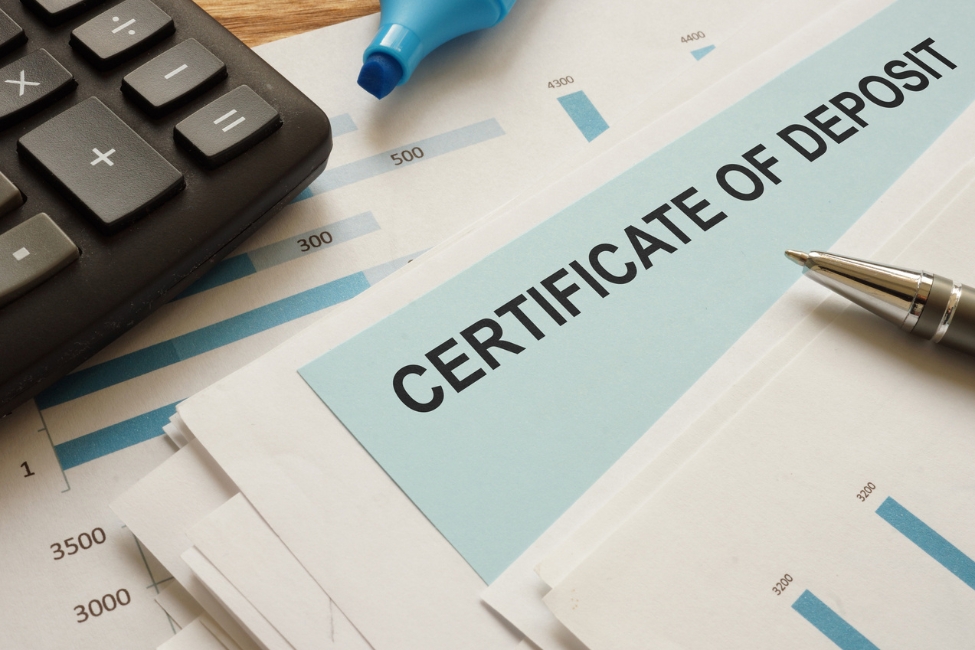New Screener Assesses Bank Resilience Amid CRE Concerns

With the U.S. banking industry facing pressure from unrealized losses on securities and exposures to commercial real estate, a new “stress test” from a finance professor at Florida Atlantic University reveals yet another serious vulnerability in banks across the country.
With the U.S. banking industry facing pressure from unrealized losses on securities and exposures to commercial real estate, a new “stress test” from a finance professor at Florida Atlantic University reveals yet another serious vulnerability in banks across the country.
The Uninsured Deposits to Liquid Assets Screener measures a bank’s stability, assuming all uninsured depositors tried to withdraw their money by comparing the amount of uninsured deposits to the amount of liquid assets, expressed as a percentage.
Of the 158 banks with over $10 billion in assets, two have ratios above 300%, 13 are above 200%, 37 are about 150%, and 94 are above 100%.
“Regional banks that rely heavily upon uninsured deposits for funding their assets run the risk of a catastrophic ‘deposit run’ by creditors. This is exactly what caused the failure of three large regional banks back during the Spring of 2023—the 2nd, 3rd and 4th largest bank failures in U.S. history,” said Rebel Cole, Ph.D., Lynn Eminent Scholar Chaired Professor of Finance in FAU’s College of Business.
The Uninsured Deposits to Liquid Assets Screener, part of The Banking Initiative at Florida Atlantic University, creates a “depositor-run model,” which measures how long a bank can survive a two-day run by uninsured depositors. Cole calculates the ratio of uninsured deposits to liquid assets, defined as cash plus investment securities (available for sale plus held to maturity measured at book values).
Many of the banks on this list are at risk of a depositor run should they exhibit any weaknesses from commercial real estate (CRE) exposures or unrealized losses on securities. Each of the three large regional banks that failed during 2023 (Silicon Valley, Signature and First Republic) relied heavily on uninsured deposits. Any bank that relies heavily on uninsured deposits is at risk of a liquidity crisis should any material weaknesses become public or should they seek to raise new equity capital.
The companion screener, Uninsured Deposits to Total Deposits, identifies banks at elevated risk of a run when their ratio of uninsured deposits exceeds 50%. Of the 158 banks analyzed, 31 meet this threshold.
“Should anything trigger a run on these banks, it could have reverberating consequences, possibly forcing regulators to close the bank,” Cole said.
-FAU-
Latest News Desk
- FAU Opens Larkin American Presidential StudyFAU's Department of History in the Dorothy F. Schmidt College of Arts and Letters and the S.E. Wimberly Library recently celebrated the opening of the Alan B. and Charna Larkin American Presidential Study.
- 'Loop'hole: HIV-1 Hijacks Human Immune Cells Using Circular RNAsFAU researchers have identified a never-before-seen mechanism that enables HIV-1 to evade the body's natural defenses and use it to support its survival and replication.
- Twist of Light: New Tool May Unlock Gravity, Quantum Mechanics LinkFAU physicists and collaborators have tackled one of science's biggest mysteries - how the universe works - and they believe light may hold the key.
- The Runway at Florida Atlantic Announces 15th Venture ClassThe Runway at Florida Atlantic recently accepted 17 companies to participate in the 15th cohort of its Venture Program.
- FAU Receives Gift for Marta and Jim Batmasian Memorial PavilionFAU has announced a $500,000 gift from benefactors Marta and Jim Batmasian to name the Marta and Jim Batmasian Memorial Pavilion for the future Kurt and Marilyn Wallach Holocaust and Jewish Studies Building.
- FAU CARD Releases Free Water Safety Guide for Children with AutismDrowning is the top cause of unintentional death for children aged 1 to 4 in Florida, and autism increases the risk. FAU's CARD is offering a free guide to help protect children with autism from drowning.






